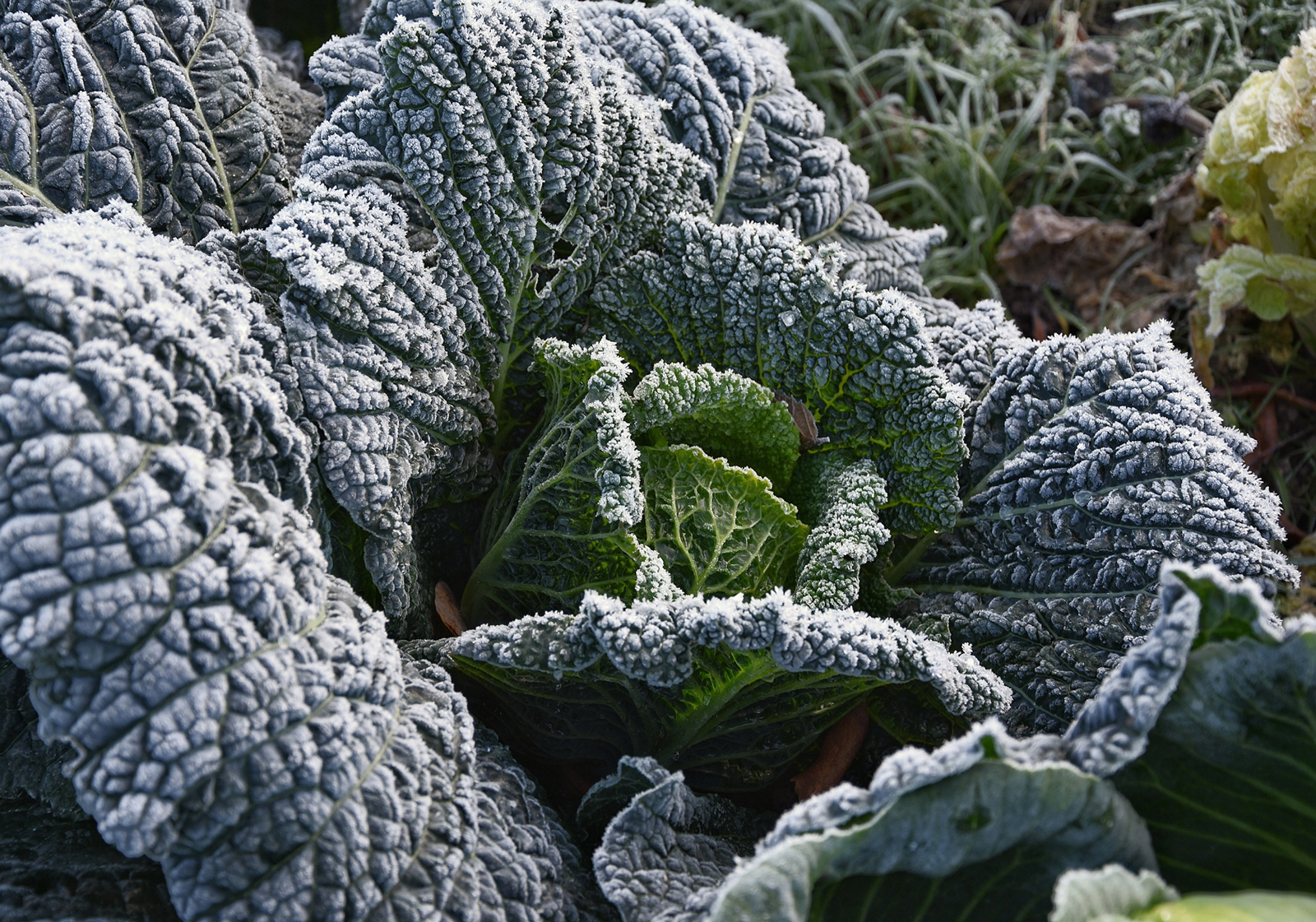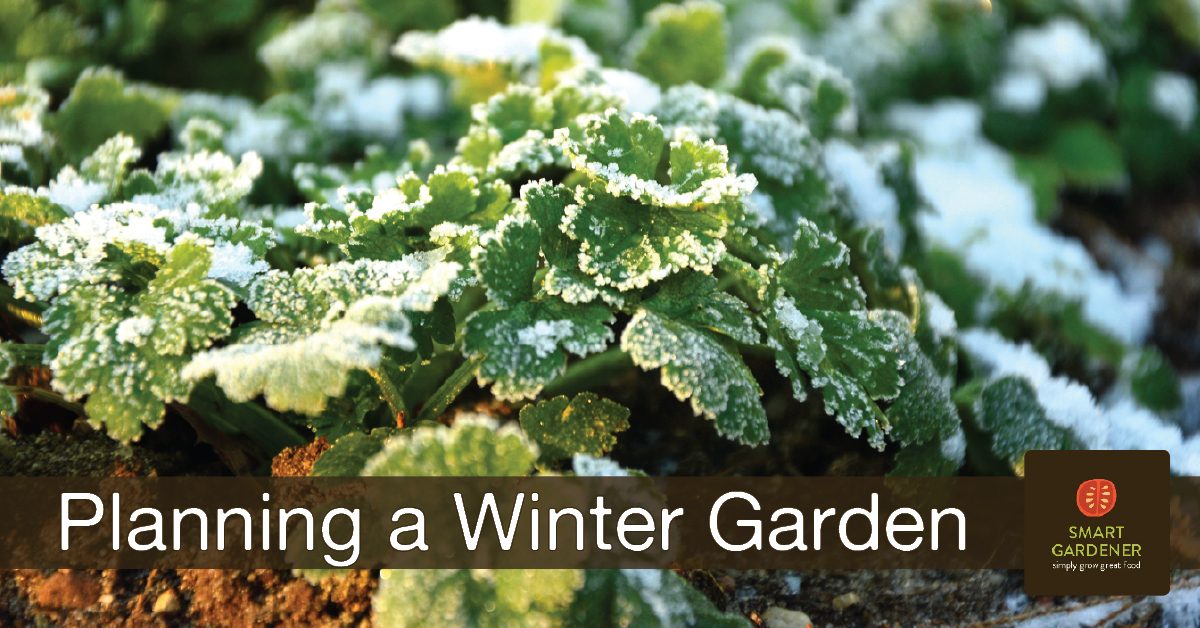As the days grow shorter and the temperatures start to drop, many gardeners move indoors for the winter. But for those of us who live in a mild climate where we can grow late fall and winter crops, we can keep right on growing as long as we pick the right crops, get them in the ground early enough and provide them with the proper protection. Follow these tips to start planning a winter vegetable garden to keep growing once the summer crops are done.
What to Grow
Some cool weather crops are much better suited to growing in fall than in spring. Often by the time it’s warm enough for plants to mature in spring, longer days will cause short-day crops (spinach and oriental cabbage) to bolt. The warm temperatures adversely affect their flavor as well.
But if you plant these crops in late summer, they’ll get a good kickstart in the warmth of a late-summer sun, and then mature more slowly in the shorter, colder days that follow.
 When planning a winter vegetable garden, these tried and true hardy crops are your best bet:
When planning a winter vegetable garden, these tried and true hardy crops are your best bet:
• Broccoli
• Brussels Sprouts
• Cabbage
• Carrot
• Cauliflower
• Chard
• Horseradish
• Jerusalem Artichoke
• Kale
• Leek
• Mâche
• Mustard Greens
• Parsnip
• Turnips
Even within these crops, it is important to use the right variety at this time of year, as hardiness can vary considerably. Fortunately, for every plant in the Smart Gardener database we’ve included a ‘Growing Conditions’ tag in the plant profile so you can easily see what each plants needs—cold, cool, warm or hot weather. For fall and winter crops, you want to look for plants that can tolerate cold weather.
When to Plant
Fall and mild winter crops commonly take longer to mature because the sun is weaker and the days are shorter. The best way to determine the right time to plant a fall crop is to figure out the number of days it takes for it to reach maturation (adding extra days to allow for slower growth in fall). Determine the day you want them to mature (in areas with frost, this is normally just before the weather turns too cold for good growth). Subtract the number of growing days from the maturation date and you have the sowing date.
It’s a good idea to plant a few successions at this time to make sure you get at least one crop before the frosts and possibly more if the frost is later than expected. If you rarely have frosts, you may be able to continue growing these crops through the winter.
 Where to Plant
Where to Plant
Beds for winter crops should receive all of the sunlight they can get, so make sure they won’t be shaded. A south-facing slope is the best choice as it gets extra heat from the sun. You can even shape your shape winter beds so they tilt slightly to the south to give them a little extra solar gain.
The beds themselves should be well protected from cold winds. Don’t plant the winter garden in a low-lying area, as it might be a frost pocket and much colder than a more elevated slope.
The soil should also be well drained, as dampness is often as great as enemy of winter plants as cold is (much of the value of cloches and cold frames is due to their protecting plants from moisture).
Let Smart Gardener Help
The easiest way to plan a fall and winter garden is to let Smart Gardener do the work for you. If you already have a spring/summer garden, you can create a copy of your existing layout and select fall/winter, and then select the plants you want to grow.
Based on your frost dates, Smart Gardener will help you find which varieties are best for your climate, and let you know when it’s time to plant them.



Leave a Reply